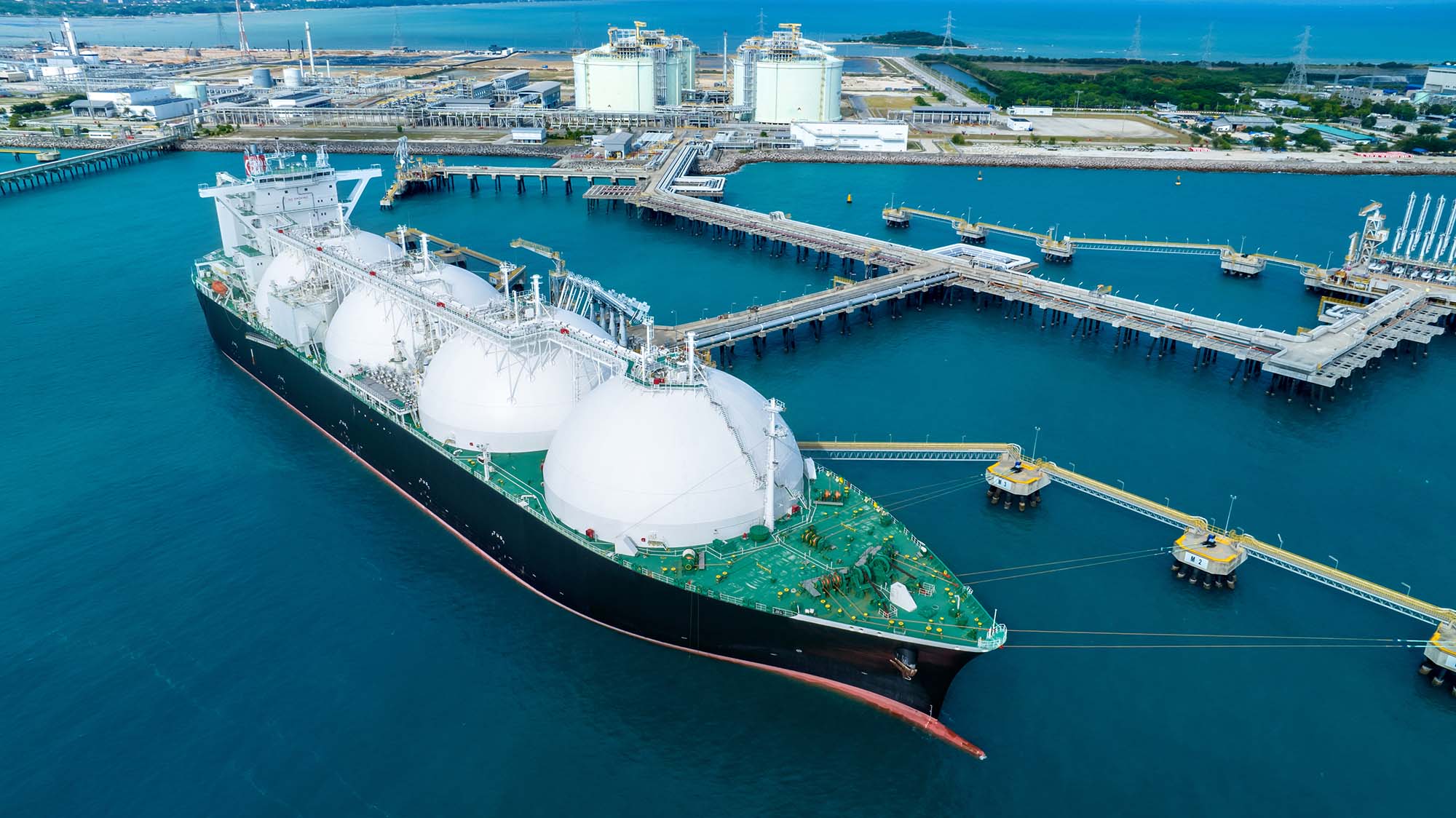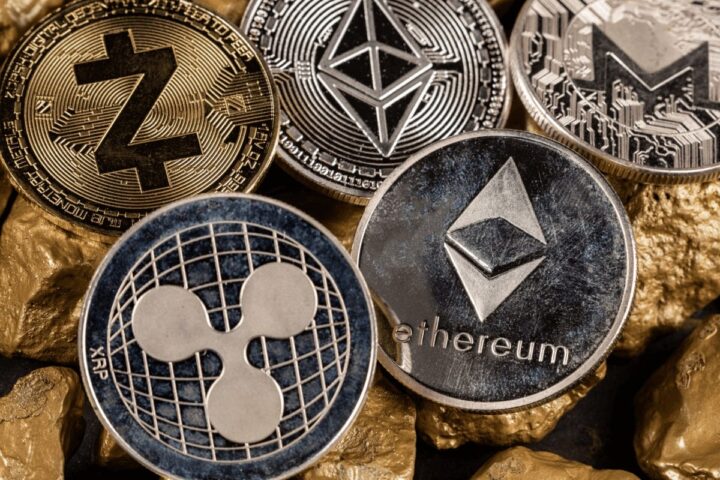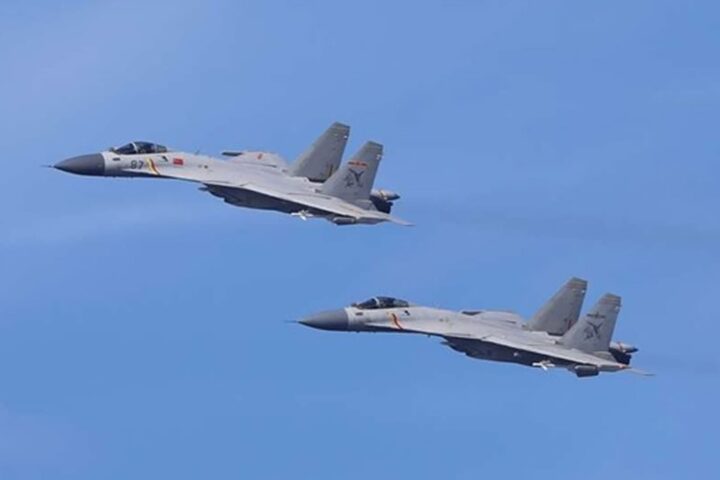Liquefied Natural Gas (LNG) has become one of the most crucial components in the global energy mix, serving as a bridge between traditional fossil fuels and renewable energy.
By cooling natural gas to -162°C, LNG transforms from a gaseous state into a liquid, reducing its volume by about 600 times and making it easier and more efficient to transport across long distances.
In recent years, the LNG market has undergone rapid transformation, driven by rising energy demand, geopolitical shifts, and the global push toward cleaner energy sources.
This transformation is reshaping energy security, trade flows, and investment priorities around the world.
The Role of LNG in the Global Energy Transition
LNG plays a pivotal role in the world’s transition toward more sustainable energy systems.
While it remains a fossil fuel, it emits around 40% less carbon dioxide than coal when used for power generation and produces fewer air pollutants such as sulfur dioxide and particulate matter.
This has made LNG an attractive “transition fuel” for countries seeking to reduce emissions without sacrificing energy reliability.
Nations in Asia, such as Japan, South Korea, China, and India, have been major consumers of LNG for years due to their limited domestic energy resources and the need to diversify supply.
At the same time, European countries have increasingly turned to LNG to reduce dependence on pipeline gas imports, particularly following the energy disruptions caused by Russia’s invasion of Ukraine.
This has accelerated investments in new import terminals, floating storage and regasification units (FSRUs), and long-term supply agreements.
Key Players and Shifting Trade Patterns
Historically, LNG exports were dominated by a few major producers, including Qatar, Australia, and the United States.
These three countries now account for the majority of global supply.
Qatar remains a leader thanks to its vast North Field reserves and advanced liquefaction infrastructure, while Australia has benefited from a series of large-scale projects on its western coast.
However, the United States has rapidly emerged as a global LNG powerhouse.
Technological advances in shale gas extraction and the expansion of export facilities along the Gulf Coast have made the U.S. one of the top LNG suppliers in the world.
Its flexible, contract-based trading structure also contrasts with the more rigid, long-term supply deals traditionally seen in the LNG market.
Meanwhile, emerging producers like Mozambique, Nigeria, and Papua New Guinea are also positioning themselves to benefit from rising global demand, adding further diversity to supply sources.
Trade flows are evolving as well.
European demand has surged since 2022, leading to a redirection of cargoes from Asia to Europe, while developing nations in South Asia and Latin America continue to seek affordable LNG to support power generation and industrial growth.
Market Volatility and Pricing Trends
The LNG market has become more dynamic — and volatile — than ever before.
Spot prices spiked in 2022 as Europe scrambled to replace Russian pipeline gas, reaching record highs that forced some developing countries to reduce imports.
Although prices have since eased, they remain above pre-pandemic levels due to ongoing supply constraints and the need for storage ahead of winter seasons.
Global LNG demand continues to grow, but at a slower pace as some buyers are cautious about long-term commitments amid uncertainty over future climate policies.
According to industry forecasts, demand could rise from around 400 million tonnes per year today to nearly 700 million tonnes by 2040.
This growth will be driven primarily by Asia, particularly China and India, where gas is viewed as essential for balancing intermittent renewable power sources.
Long-term contracts are regaining popularity as buyers seek price stability and supply security, while suppliers aim to secure financing for new liquefaction projects.
Investment and Infrastructure Expansion
The next decade is expected to see significant investments in LNG infrastructure, both upstream and downstream.
Major projects are under development in the U.S., Qatar, and Africa, with combined capacity additions exceeding 100 million tonnes per year.
In Europe, new regasification terminals and FSRUs are being commissioned to ensure supply diversification.
Similarly, Asian countries are expanding import capacity to meet industrial and residential demand.
Investment is also flowing into technological innovation, including carbon capture and storage (CCS) for LNG facilities and the exploration of low-carbon or “green LNG” options.
Some producers are experimenting with carbon offset mechanisms and more efficient liquefaction technologies to reduce the environmental footprint of LNG production.
Challenges and the Path Ahead
Despite its importance, LNG faces several challenges in the years ahead.
High capital costs, long project timelines, and growing competition from renewables pose long-term risks.
In addition, the sector must address methane emissions — a potent greenhouse gas — throughout the production and transport chain.
As nations intensify efforts to meet net-zero goals, the role of LNG may gradually shift from a growth engine to a balancing fuel in a diversified energy mix.
Still, its flexibility, scalability, and cleaner combustion profile ensure it will remain vital for decades to come.
In a world seeking both energy security and sustainability, LNG stands at the crossroads — offering a pragmatic solution to bridge the gap between fossil fuels and a renewable future.







